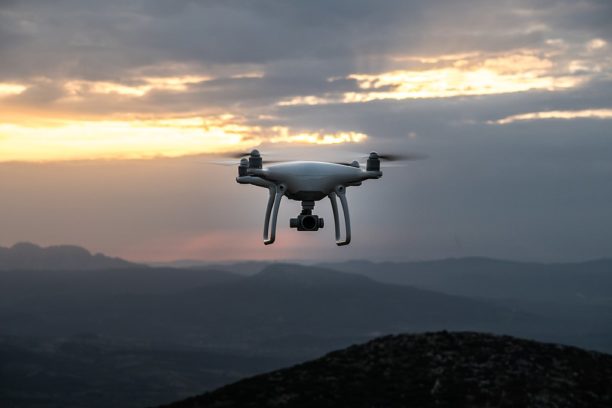- Joined
- Jan 5, 2019
- Messages
- 3
- Reaction score
- 0
- Age
- 67
The draft of the proposed tort law relating to drones, due to be discussed by the Uniform Law Commission (ULC) soon, is out – and drone operators should be paying very close attention. The ULC is proposing a tort law relating to drones, which would give homeowners the right to sue drone operators for flying over their private property under certain conditions.
The ULC carries a lot of weight and should be taken seriously. You can read about it here:

 dronelife.com
dronelife.com
The ULC carries a lot of weight and should be taken seriously. You can read about it here:

Pay Attention to This One: Can You Be Sued for Flying a Drone Over Private Property? The Next Draft of that Tort Law
The draft of the proposed tort law relating to drones, due to be discussed by the Uniform Law Commission (ULC) soon, is out – and drone operators should be paying very close attention. What is Tort Law, and Who is the ULC? The definition of “Tort,” according to the Cornell Legal Information...




